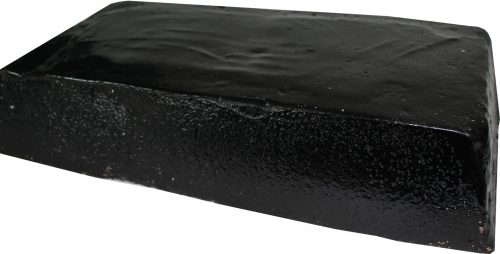BLOWN ASPHALT
BLOWN ASPHALT is produced by air blowing of petroleum residues. The grade of BLOWN ASPHALT is designated by two numbers, the softening point and the penetration degree.

Packaging Information.
- 85 / 25 in 20-liter drums.
- 115 / 15 in approx. 20 kg stretch plastic wraps.
Application Field.
BLOWN ASPHALT is used:
- In the construction of built-up roofing as bonding or flood coats, 85/25 asphalt is used on inclines not exceeding 25% slope and 115/15 asphalt is used on inclines not exceeding 50% and is preferred in high-temperature areas due to its higher softening point.
- For corrosion resistance for pipe coating, steel structures, and an electric cable joint protection and industry.
- As joint filling and sealant compound.
- As an adhesive of building material.
- For vibration, sound dampening felts and undercarriage sealant in the automotive industry.
Application Method.
- Asphalt must be heated enough to lower its viscosity to a convenient level (125 cSt). The higher the temperature, the resulting film will be stickier and thinner. The maximum temperature allowed in the heating pot varies between 180-200° depending on the type of asphalt (The higher the asphalt softening point the higher the temperature allowed).
- Caution to be taken not to keep the asphalt at this temperature for a long period of time (Less than one hour). Conserve energy and do not let asphalt cool too much during its transfer from the heating pot to the work area. Asphalt temperature should not fall below 150°C at the application point.
- These conditions are in agreement with the Jordanian National Building code (V 01.11- Clause 5/2/3 C and 5/5/2).
